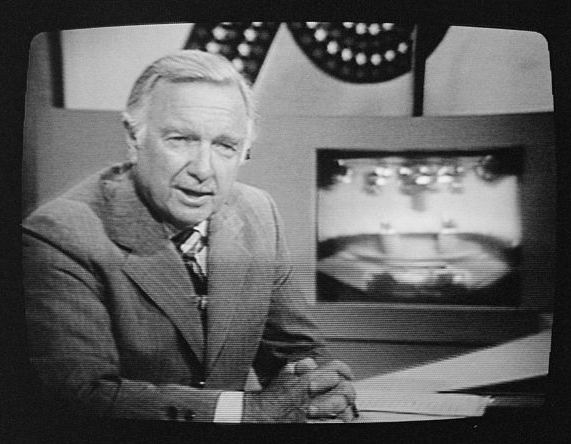Share this article with your network of friends!
The 1960s and 1970s witnessed a significant revolution in the American automotive industry with the emergence of Japanese automobiles. Once considered inferior and largely unknown, Japanese car manufacturers transformed their image and rapidly gained popularity in the American market. This article explores the factors behind their success, the impact on American consumers, and the lasting legacy of Japanese automobiles in the United States.
Early Perception and Challenges
In the early 1960s, Japanese automobiles faced skepticism and distrust from American consumers. The prevailing notion was that Japanese cars were small, underpowered, and lacked the quality and reliability associated with American and European brands. Additionally, import tariffs and stringent regulations limited their accessibility to American buyers.
The Turning Point
Japanese manufacturers, including Toyota, Honda, Datsun (later Nissan), and Mazda, recognized the need to address these perceptions and establish a foothold in the American market. They made substantial investments in research and development, focusing on improving quality, design, and fuel efficiency.
The Oil Crisis and the Shift to Fuel Efficiency
The 1973 oil crisis was a game-changer for the automotive industry. As fuel prices surged and American consumers sought more economical options, Japanese manufacturers had an advantage. Their compact cars, such as the Toyota Corolla and Honda Civic, offered superior fuel efficiency and became increasingly attractive to cost-conscious buyers.
Reliability and Quality
Japanese carmakers prioritized reliability and quality, and this commitment paid off. Word-of-mouth endorsements from satisfied customers spread, contributing to the positive perception of Japanese vehicles. Consumers were impressed by the durability and low maintenance costs of these cars, further bolstering their popularity.
Affordability and Versatility
Japanese automobiles were competitively priced, making them an attractive option for budget-conscious consumers. The availability of various models and body styles, from sedans and hatchbacks to coupes and wagons, catered to diverse consumer preferences.
Innovation and Technology
Japanese automakers were at the forefront of automotive technology, introducing features like front-wheel drive, electronic fuel injection, and improved safety standards. These innovations appealed to the American market, where consumers were increasingly interested in modern and advanced features.
Brand Loyalty and Expansion
As Japanese carmakers gained trust and loyalty from American consumers, their market share grew steadily. With the introduction of luxury brands like Lexus and Acura in the late 1980s, they entered premium segments, further solidifying their presence in the American automotive landscape.
Legacy and Lasting Impact
The success of Japanese automobiles forever transformed the American car market. Their influence prompted American manufacturers to prioritize fuel efficiency, quality, and innovation, leading to better competition and overall vehicle advancements.
Today, Japanese brands like Toyota and Honda have become mainstays in the American market, consistently ranking among the top-selling vehicles. The emergence of Japanese automobiles in the 1960s and 1970s undoubtedly shaped consumer preferences, challenging traditional perceptions, and paving the way for a more diverse and dynamic automotive industry in the United States.
DISCLAIMER: This website contains articles for informational and entertainment purposes only. No articles on this website should be considered as professional advice for any medical, legal, or financial matter. Advertisements and content may contain affiliate links, where the website earns a commission for sales derived from our users.





